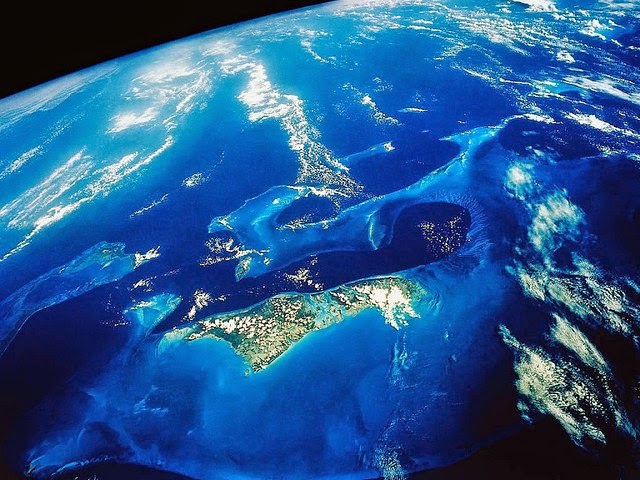Incredible news for astronomy fans: You can now see one of the largest asteroids in our Solar System with the naked eye.
Vesta also classed as a protoplanet sometimes is the second-largest object in the asteroid belt between Mars and Jupiter after the dwarf planet Ceres.
Occasionally, it is bright enough for us to see it with the naked eye. Right now it has just made its closest pass to Earth in two decades. The previous close pass came in May 2007, when it was a little bit further away.
As noted by Sky and Telescope, the object reached its closest point to Earth – known as opposition – on June 19, 2018, a distance of 170.6 million kilometers (106 million miles). Nevertheless, it should remain visible to the naked eye until July 16.
Vesta can be spotted next to the constellation of Sagittarius in the southeast sky when viewed from the Northern Hemisphere. From the Southern Hemisphere, it appears higher in the sky. Its path will take it close to Saturn, so if you can see the gas giant, then you should be able to see the asteroid just to the east of the planet. Astronomy Now has a useful guide on how to view it.
While you can see Vesta with the naked eye, you will get the best views with binoculars and a telescope. It is quite impressive that it is visible at all to the naked eye though, considering its distance and size – approximately 570 kilometers (355 miles) across.
In fact, Vesta reflects quite a lot of incoming sunlight – approximately 43% compared to the Moon at 12% – and astronomers are not entirely sure why. It may be that the asteroid is protected by a magnetic field, which keeps its surface pristine.
We did actually have a spacecraft go and visit Vesta, NASA’s Dawn probe, that arrived in July 2011 and left in September 2012. That spacecraft has now been orbiting Ceres since March 2015, where it will remain for the rest of its days.
Reference: IFLScience
















Thank you for the information and helpful post
Deletethe impossible quiz
Thanks for the info. I hope I won't miss it next time. Bye!
Delete